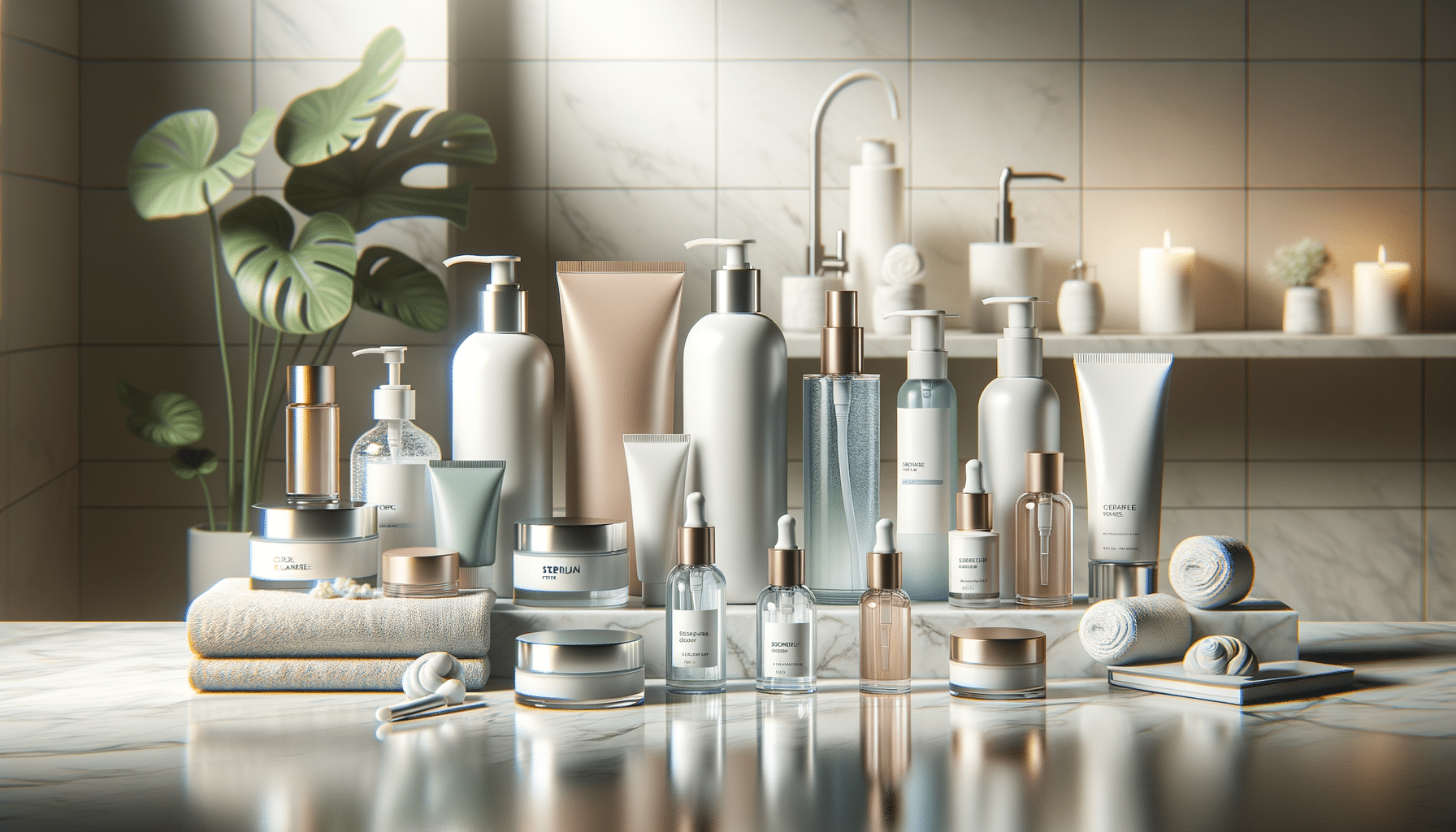
Highly Rated Skin Care Routine: A Comprehensive Guide
Understanding Your Skin Type
Before diving into any skin care routine, it is crucial to understand your skin type. Skin types generally fall into categories such as oily, dry, combination, and sensitive. Knowing your skin type helps in choosing products that will work best for your specific needs, ensuring that you achieve the desired results without causing irritation or imbalance.
For instance, oily skin often benefits from lightweight, oil-free products that help control excess sebum without stripping the skin of its natural moisture. On the other hand, dry skin may require richer creams that provide deep hydration. Combination skin, which features both oily and dry areas, might need a more tailored approach, using different products for different areas of the face.
Identifying your skin type can be as simple as observing how your skin feels and behaves throughout the day. If your skin feels greasy and shiny, especially around the T-zone, you likely have oily skin. If it feels tight and flaky, you may have dry skin. Understanding these nuances is the first step in establishing a highly rated skin care routine that caters to your unique needs.
Building a Basic Skin Care Routine
Once you’ve identified your skin type, you can begin building a basic skin care routine. A typical routine includes cleansing, toning, and moisturizing, with additional steps such as exfoliating and applying serums as needed. Each step plays a vital role in maintaining skin health and enhancing its appearance.
Start with a gentle cleanser that suits your skin type. Cleansing removes dirt, oil, and makeup, preparing your skin for the next steps. Follow with a toner to balance the skin’s pH levels and tighten pores. Toners can also provide additional hydration and nutrients, depending on their formulation.
Next, apply a moisturizer to keep your skin hydrated and supple. Even oily skin types need moisturization, though they may prefer a lighter, gel-based formula. For those with dry skin, a thicker cream may be more beneficial.
Incorporating serums and exfoliants can further enhance your routine. Serums are concentrated treatments that address specific concerns like fine lines or hyperpigmentation, while exfoliants remove dead skin cells to reveal a brighter complexion. Remember, consistency is key to achieving and maintaining healthy skin.
Adapting Your Routine for Oily Skin
For individuals with oily skin, adapting your routine to manage excess oil and prevent breakouts is essential. Start by selecting a cleanser that effectively removes oil without over-drying your skin. Look for ingredients like salicylic acid or tea tree oil, known for their ability to fight acne and reduce oiliness.
When choosing a toner, opt for one that contains astringents to help minimize the appearance of pores and control shine. Witch hazel and green tea are popular choices for their soothing and oil-controlling properties.
Moisturizing is crucial, even for oily skin. Skipping this step can lead to increased oil production as your skin tries to compensate for the lack of moisture. Choose a non-comedogenic, oil-free moisturizer that provides hydration without clogging pores.
In addition to the basic routine, consider incorporating clay masks or blotting papers to absorb excess oil throughout the day. These products can help maintain a matte finish and prevent midday shine, ensuring your skin looks fresh and balanced.


